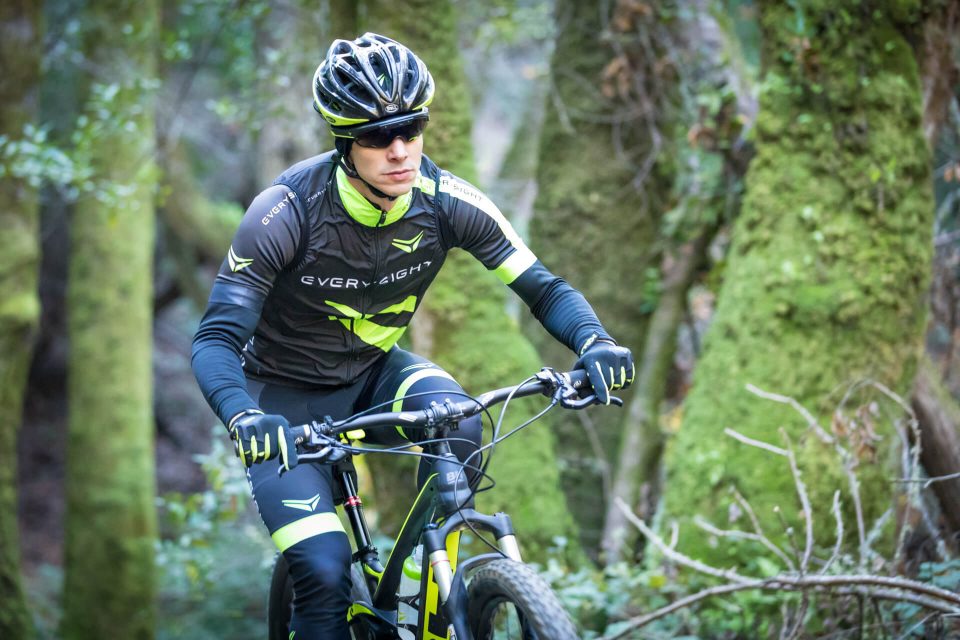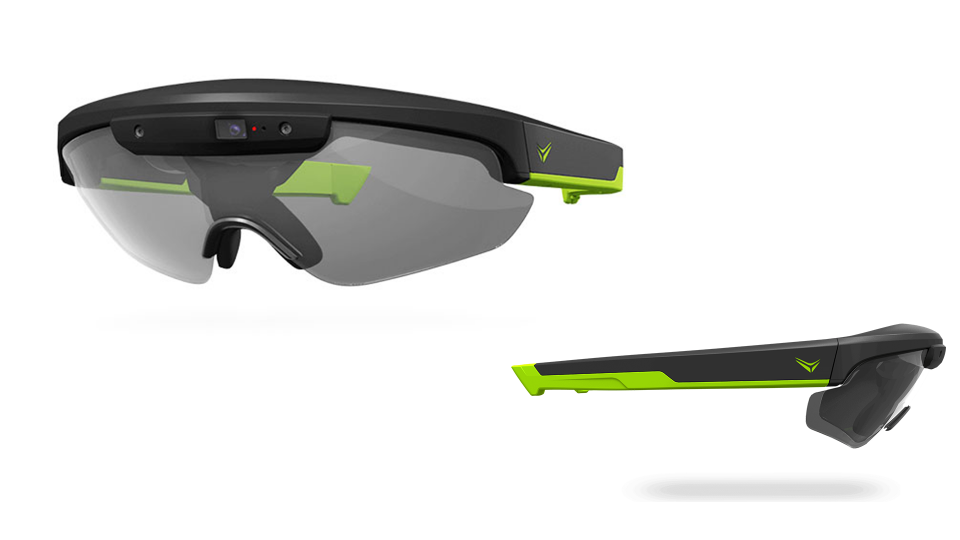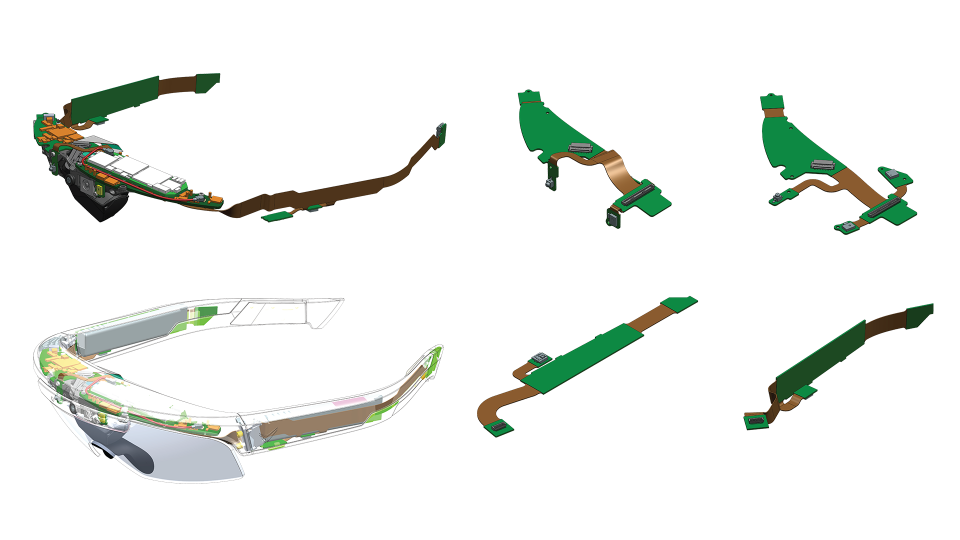A professional AR experience to the consumer cyclist
Everysight Raptor is a consumer head-mounted display (HMD) for cyclists, a spinoff from
Israeli-based electro-optical tech company Elbit Systems that has more than two decades of experience developing best-in-class augmented reality systems for pilots. Raptor was created with a goal of bringing a professional AR experience to the consumer cyclist market in a slim, streamlined design.

A clear use case scenario
Nekuda was involved in this project from the very beginning, before the company was spun off, helping Everysight define a target market, target user and use cases as well as baseline performance expectations and requirements per each use case. The process went through a few cycles of brainstorming about which use case would be to sustain long term relevance using our client’s technology assets. With a consumer HMD, defining a use case is a key stage: despite advanced technology, ergonomics and aesthetics, majority of projects in consumer AR struggle to succeed exactly for this reason — the use case is just not clear. Luckily, Everysight understood the issue and took this stage seriously.

A distillation of technical capabilities
Comparing to Elbit’s Skylens, Raptor shows significant reduction of AR technology simply because consumers can’t possibly need all these capabilities, and will not accept the added weight. The project still took all our expertise of integrating parts into whole and inventing new solutions. The Everysight -Nekuda case study boils down to creating a successful consumer product by distilling and even sacrificing some of the technical capabilities. It’s not gonna be for everyone, it’s not gonna be cutting edge in everything but it will be just perfect for the selected use case. Every design and engineering decision we made working on Raptor was determined by this approach.

Challenging traditional engineering
In particular, we had to limit optics and electronics to enable smart glasses form factor and achieve the right weight, because cyclists will need to wear Raptor for hours. Rather than the usual adjustment mechanism for all head widths, we decided on a benchmark head width: when you want to go lightweight, you can’t indulge yourself with a mechanism that moves the optics. In this kind of focused consumer HMD projects, you have to take tough decisions early on to make the product wearable and comfortable. Yet another thing we did is reduce the weight of the chassis by 12 grams, which doesn’t sound like a lot but actually is very significant for smart glasses. Usually, a chassis is made from aluminum, but we decided to use performance plastics and glass fiber, with PCB to help make it more rigid. Once again we challenged a safe, traditional way of engineering, and it did the trick: the final weight of Raptor is only 98 grams.

A Precise process & dedicated partnership
The HMD industry is relatively a new territory, that you have to constantly challenge evolving conventions and invent things. For example, the client wanted Raptor to be able to fold like regular glasses for easy handling. If you look at the smart glasses available on the market today, none of them fold, simply because it is extremely difficult to do, with all the electronics inside. But no cyclist will want to carry bulky, un-foldable glasses, so in order to achieve a folding HMD we identified and qualified a glasses hinges manufacturer in Italy, and engineered a unique hinge with a pass-through PCB flex.
A list of optics, electronics specs and mechanical optimizations don’t make a winning product, especially with consumer HMD glasses. A robust product definition design & develop process and a dedicated client-Nekuda partnership were keys to the fruition of award winning Everysight Raptor.
